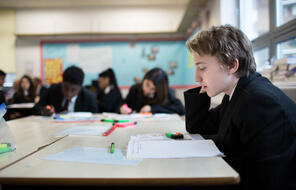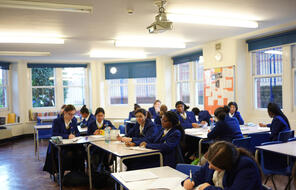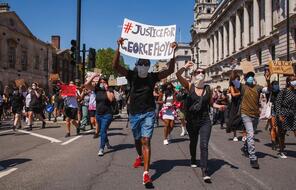Discussing Race and Racism in the Classroom
Overview
About This Unit
This unit is designed to help teachers have conversations with their students about race in a safe, sensitive and constructive way. Use these lessons to help your students reflect on race and racism – their history and present day impact – and help them consider what needs to be done to create a society in which everyone, regardless of their perceived race, is able to thrive.
Preparing to Teach
A Note to Teachers
Before you teach this unit, please review the following guidance to tailor this lesson to your students’ contexts.
Note: We recommend that you complete the first lesson in this series before teaching the others, as it lays the foundation for the construction of a safe and supportive learning environment.
Lesson Plans
Unlimited Access to Learning. More Added Every Month.
Facing History & Ourselves is designed for educators who want to help students explore identity, think critically, grow emotionally, act ethically, and participate in civic life. It’s hard work, so we’ve developed some go-to professional learning opportunities to help you along the way.
Exploring ELA Text Selection with Julia Torres
On-Demand

Working for Justice, Equity and Civic Agency in Our Schools: A Conversation with Clint Smith
On-Demand

Centering Student Voices to Build Community and Agency
On-Demand




















